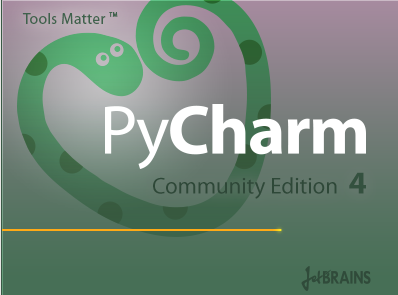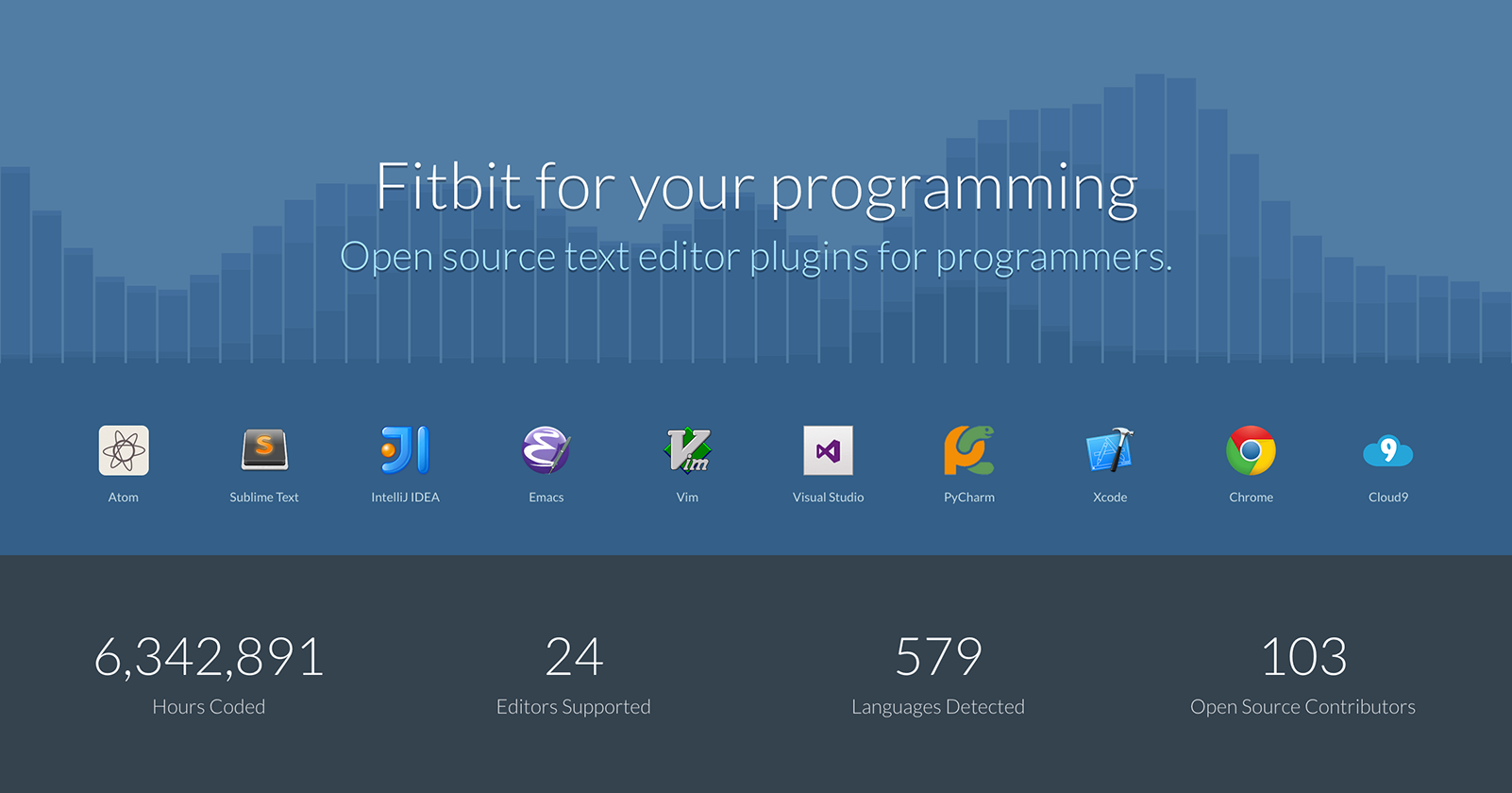
However, it is impossible to do the same thing for dynamically typed languages. This functionality comes standard with many IDEs, and for that reason, IDEs are very popular for static-typed languages. Because of the strict typing rules, it is possible for the IDE to detect bugs and naming inconsistencies across classes and modules, and even across files, directly in the editor, before compiling. Static-typed languages can get a lot of benefits from IDEs.
#Pycharm vs geany software#
IDEs are created to serve the purpose of software development, while many text editors are designed to be used by non-developers as well. However, they are often much more than that.
#Pycharm vs geany code#
Compared to IDEs, they usually correspond to just the code editor segment of an IDE. An IDE normally consists of a source code editor, build automation tools, and a debugger, and many support lots of additional plugins and extensions. IDE vs General Purpose Text EditorĪn integrated development environment (IDE) (or interactive development environment) is a software application that provides comprehensive facilities to computer programmers for software development. In this article we will evaluate different development platforms from the perspective of the most common task in software development: writing code. However, one thing they all have in common is editing code. Software development is close to an art, and there are quite few “fuzzy” factors that separate a masterpiece from an overpriced collectable.Įvery programming language, be it Java, C#, PHP, Python, Ruby, JavaScript, and so on, has its own development practices related to project structure, debugging, and deploying. What are the things a developer should evaluate when choosing a set of programming tools like a programming editor of choice? The answer to this question is not as simple as it might sound. As a whole, they a driving force of the software development industry. Every development environment has its pros and cons.

Programmers spend most of their time looking at the development environment, so it is natural that we want something pretty as well as functional. Quite often, however, selection is based on personal taste, not something easily tangible. This is true for every profession, including software development. However, does the choice of development environment tell you anything about the quality of work a developer can deliver? Absolutely not!Ī great developer could write her code into Notepad and still deliver great stuff.Ĭertainly, there are a lot of things professionals consider when selecting tools for their work. Even if you read them all, it will be impossible to objectively choose a winner.

You can easily search the internet and find hundreds of debates about Emacs vs Vim. And having made a choice, we tend to believe that anyone who chooses differently made a mistake. Choice, inevitably, comes after our evaluation of options. Whether that choice is about taking the red pill or the blue pill, wearing a dress or pants, or using one development environment over another, the choice we make places us in one group of people or another. And, as all humans, we like taking advantage over our freedom of choice.

Regardless of the apparent evidence to the contrary, programmers are humans.


 0 kommentar(er)
0 kommentar(er)
